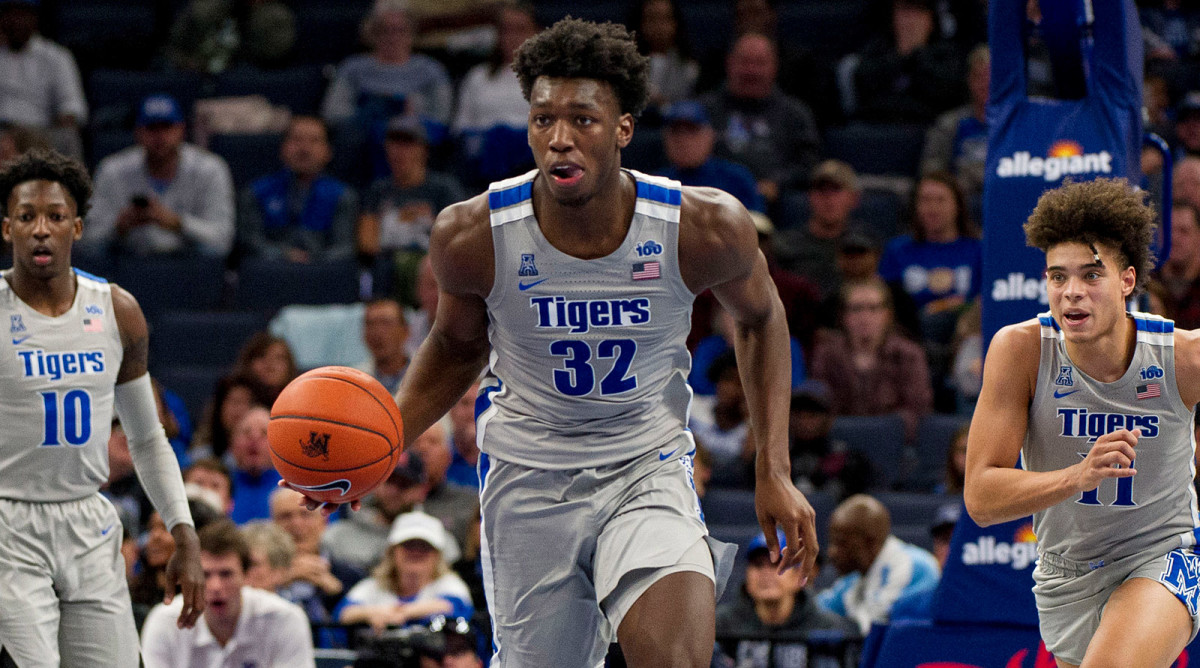How the Worst NBA Draft In Years Could Impact the Trade Deadline

As someone who invests an inordinate of time in figuring these things out, every year I vacillate on the matter of whether or not a forthcoming NBA draft can truly be classified as “bad.” “Bad,” by itself is a dangerous blanket term, the concept of “bad” can be extremely relative depending on which team you are, and inevitably, every draft class contains players who end up succeeding to varying degrees. Every draft also contains players who fail. At some point, it just depends on your philosophical stance: can a draft class be classified as poor before any of its players have even had a chance to sink?
Well, in reality, that question is irrelevant. NBA teams don’t have the luxury of operating in hindsight, and re-drafting a class to declare that Giannis Antetokounmpo should never have fallen to 15th ignores a world’s worth of extenuating circumstances and the fact that teams can only make decisions off the information at hand. Maybe the only person who can fix the Knicks is Marty McFly. In truth, the only way in which a draft’s objective quality really matters is in the eye of the groupthink (for better or worse,) and how all 30 teams decide to gauge the big picture for themselves between now and June 25.

It’s difficult to truly get a bead on large-scale pessimism, but based on conversations I’ve had over the first two months of the season, a wide, wide range of sources across the industry seem to agree that the 2020 draft class, well, kind of sucks. It doesn’t help that so few of the established top prospects are actually playing basketball. James Wiseman announced that he is leaving Memphis to train for the NBA draft. LaMelo Ball, Cole Anthony and R.J. Hampton have all gone down with injuries in the last two weeks. Anthony Edwards has been predictably inconsistent. Deni Avdija is playing a small role in Israel. These guys were all pegged as Top 10 picks coming into the season. Not a single one has managed to produce an encouraging statistical sample as the New Year approaches. It’s bleak, but at this point, you at least have to ask yourself: What if none of these guys are actually that good? It’s not crazy to think this could be the worst draft since 2013, when (gulp) Anthony Bennett went first overall.
Now that we’re nearly 30 games into the season, the simple existence of that league-wide draft anxiety creates immediate implications. Beginning this week, trade restrictions began to lift on free agents who signed new deals over the summer. The standings remain tightly packed, in the sense that there are contending teams who might be a move or two from creating separation from the pack, but also that there are objectively bad, sub-.500 teams in both conferences that remain well within striking distance of a playoff spot. It’s still early enough that nobody has to throw in the towel…with a few obvious exceptions. As 2019 proved, the flatter draft lottery gives more teams a real shot at striking it big. But right now, teams have to reckon with the fact that this just may not be the best year to invest the money, time and optics that come with a high lottery pick, or even to find a player they love in the 20-30 range.
As the buyers and sellers begin to separate themselves, teams have to start asking themselves how much a 2020 draft pick is really worth. Names like Kevin Love and DeMar DeRozan have become realistic trade candidates, and the prospect of a thin free agent class will impact teams’ plans for improvement. A team on the cusp of the playoffs might be willing to take on a big contract for the next couple seasons in the interest of immediate success. Teams selling off talent in the interest of rebuilding will surely seek draft capital. Aggressive teams should be happy to move off of their late first-rounders in this climate, but even in deals for non-star players, the value there is dubious.
It’s becoming clear that biggest chips buyers can theoretically dangle are 2021 and 2022 picks—and with how wide-open this season has been, it won’t be surprising to see contending teams up the ante. The 2021 draft is widely seen as a massive improvement, with American players like Cade Cunningham, Evan Mobley and Jalen Green viewed as potential prizes, and more depth coming in behind them. And with the possibility of 2022 being the “double draft” year that enables high schoolers to make the jump, it’s a good time to buy up futures. The Lakers and Clippers have already exhausted their long-term draft assets, but it wouldn’t be a shock to see other teams follow suit if a surprise star or two were to become available.
Granted, it’s not even the New Year. We can hold out as much hope as we want for this draft class, but with all that’s gone wrong as far as injuries and struggles are concerned, it’s likely too late for a sea change of opinion. And as the trade market swirls, the schedule plays out and teams sort their priorities, the prospect of what might happen in June has become all the more real.
